Department stores' discounting war on homewares tipped to mean lower prices for customers
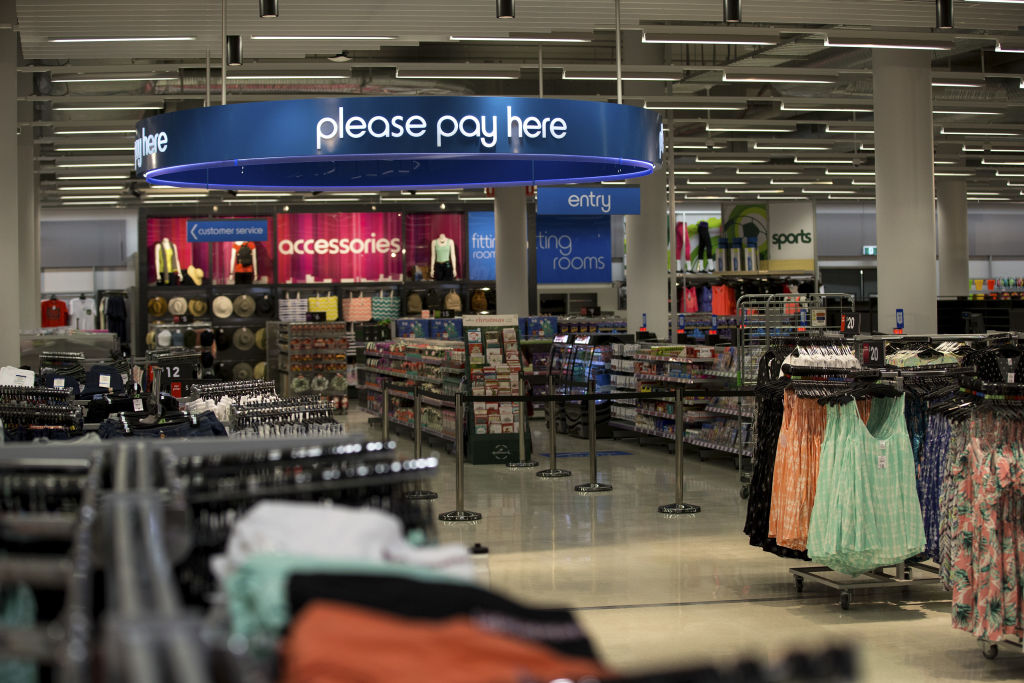
Once dominated by the country’s department store giants, Australia’s $2 billion homewares sector is now one of the nation’s most fragmented retail categories – and it’s set to become even more so.
This means any one major retailer intent on pinning their fortunes on selling on-trend printed tea towels and shaggy faux fur sofa throws, alone, could be left wanting.
With international retailers – such as Zara and H&M, and more to come – making an increasingly aggressive play for their share of Australia’s homewares market, more competition from online, coupled with a weak housing market and subdued discretionary spending, the Australian homewares market is set for one of its biggest shake ups since Kmart started selling cheap, Scandi-inspired lamps and blush pink velvet cushions for less than a tenner.
With property prices showing few signs of an immediate recovery and residential construction continuing to weaken, homewares purchases, which correlate strongly with activity in the housing sector and particularly with home renovations, are expected to remain subdued for the remainder of the year.
The most recent retail figures from the Australian Bureau of Statistics show household goods retailing fell 0.2 per cent in April. While retail experts expect this to “recover a little bit compared to the first half” on the back of the RBA’s interest rate cut and talk of more to come, it won’t be enough to buoy the sector, also under increasing price discounting pressures.
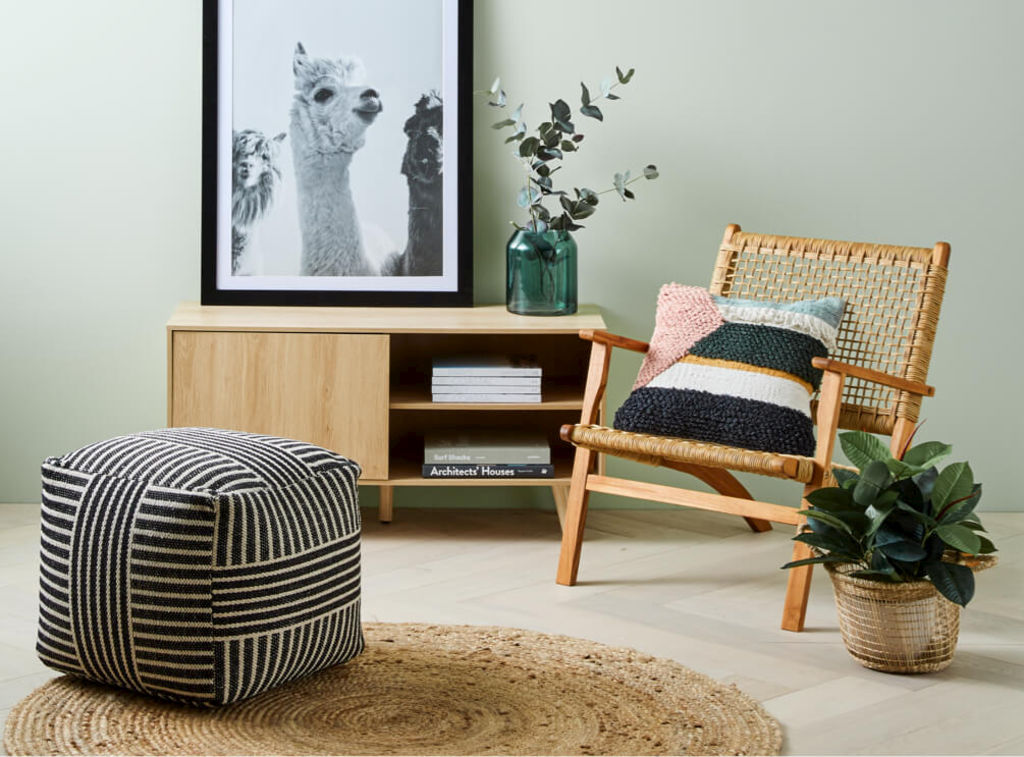
For Myer and David Jones, once the go-to retailers for homewares with their hugely popular wedding gift registries, this means their dwindling share of the hugely competitive market is set to slide even further.
“No matter what the economic pressures, Australians have a love of entertaining and showing off our homes.”
Retail Doctor Group chief executive Brian Walker says the increasing competition in the sector, also coming from a growing number of small, independent retailers, means it will become “increasingly difficult for them to compete” in the homewares category.
“Department stores have had a tough gig in this category for a number of years largely due to specialist retailers such as Ikea and Freedom, but also H&M and Zara, and the growth of online retailers eating into their homewares sales,” he says.
A recent Inside Australian Online Shopping report by Australia Post showed online spending on homewares, including from department or variety stores, increased by more than 20 per cent in 2018.
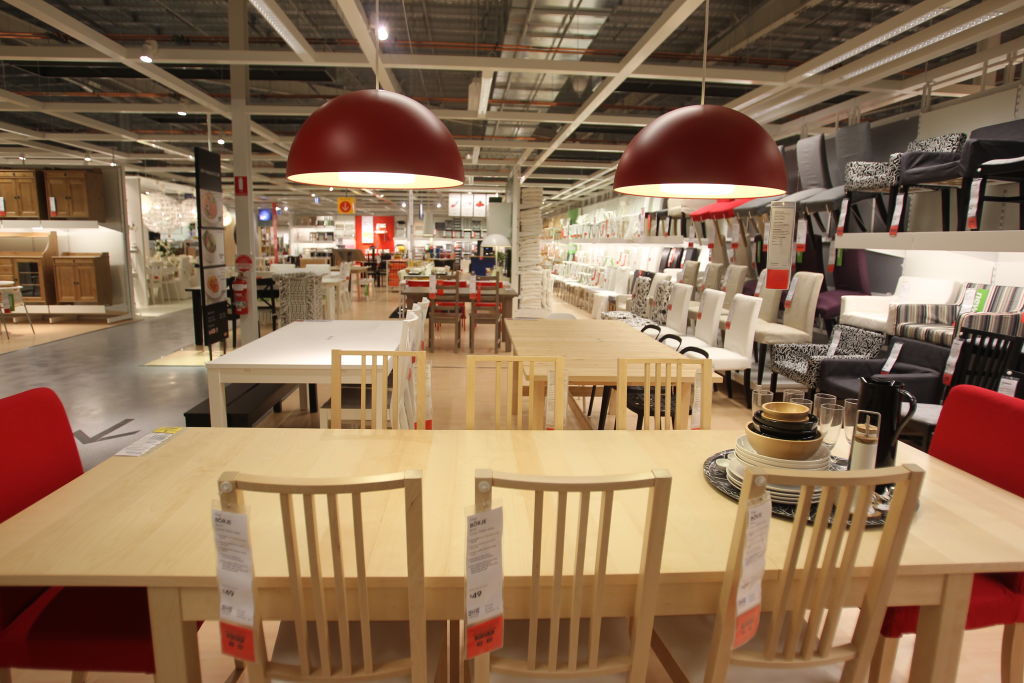
IBISWorld senior industry analyst Liam Harrison agrees Myer and David Jones will “continue to struggle as consumers scale back expenditure, particularly at the mid to high end of the homewares market”.
But where does it leave the discount retailers who, despite an increasingly fragmented sector, have managed to significantly increase their share of the homewares market in recent years?
IBISWorld’s homewares industry report reveals not one single retailer boasts any more than 5 per cent of the Australian homewares market share, though Kmart must come close.
In a 2019 strategy briefing report, released earlier this year, the Kmart Group reported Kmart and Target combined had an 11 per cent share of the Australian home and living retail market, taking in homewares, soft furnishings and furniture.
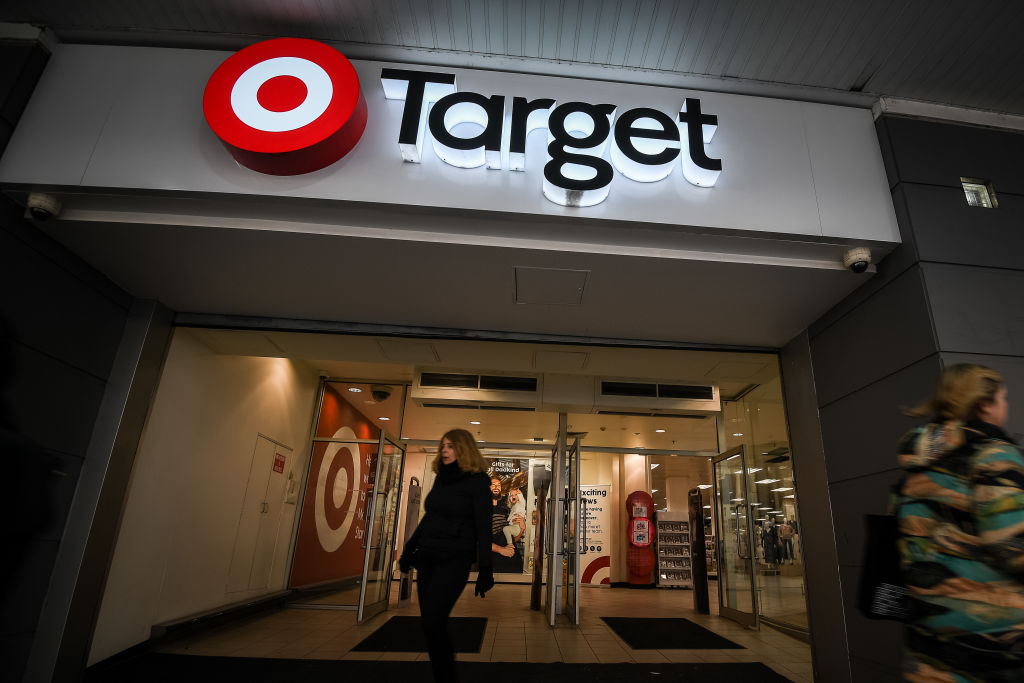
Retail analysts agree it is going to be difficult for any of the discount department store retailers, including Kmart, as well as Big W, Target and Ikea to increase their share much further in the immediate future given increasing competition in the sector.
Furthermore, they add, market cannibalisation by Kmart, Target and Big W and the ever-present pressure to discount could eat further into profit margins.
“I believe the collapse of Toys ‘R’ Us actually helped boost homewares sales at these discount department stores over the past 12 months or so,” says Harrison. “It means more parents were going to Kmart or Big W looking for toys and ended up buying from other categories, including homewares while they were in there.”
But with Toys ‘R’ Us and Babies ‘R’ Us relaunching in Australia this month with a new online store under a deal with Australian online retailer Hobby Warehouse, and new stores set to open later in the year, this increase in toy-driven foot traffic could be short-lived, with a flow-on impact on homewares sales.
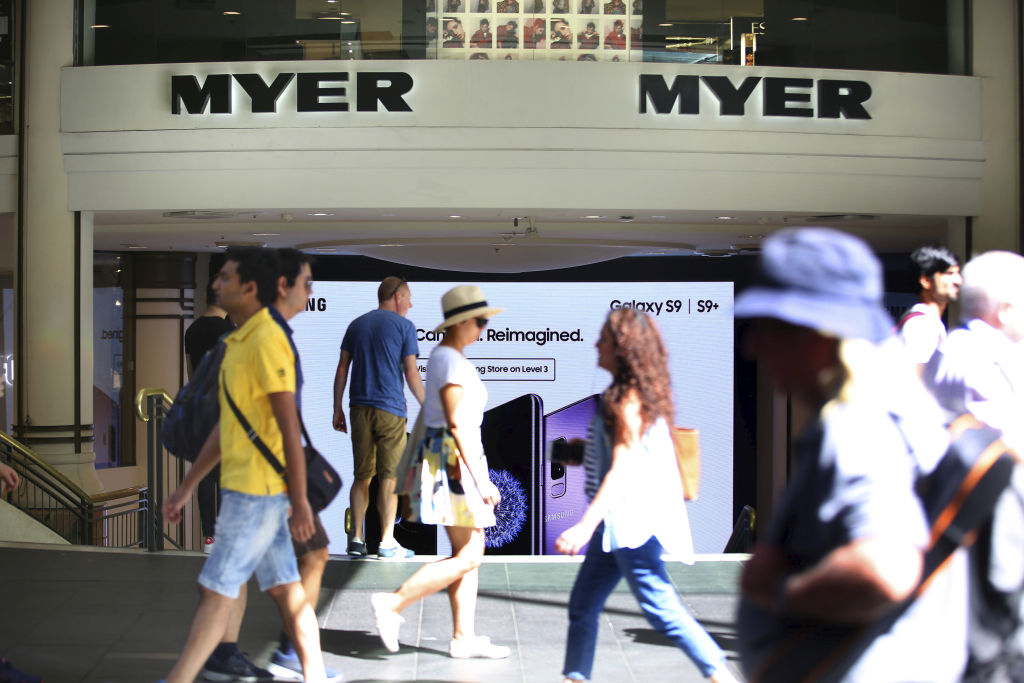
“I think the discount stores that can keep their prices low – as more and more people look for bargains, and at the same time can expand their ranges to attract more customers through the door – are the ones that are going to ride out this current environment the best,” Harrison says.
He also notes that Ikea is at risk of losing more of its share of the homewares market as it makes more of its products available online.
“Ikea’s model has traditionally been to get people into their stores and the idea was that the more time they spend in-store the more they buy, including on smaller non-furniture or homewares items. There is no doubt that by moving to online, it will eat into discretionary spending on their popular knick-knacks and homewares,” he says.
Walker says international fashion retailers such as H&M and Zara pose the biggest threat to Australia’s largest homewares players.
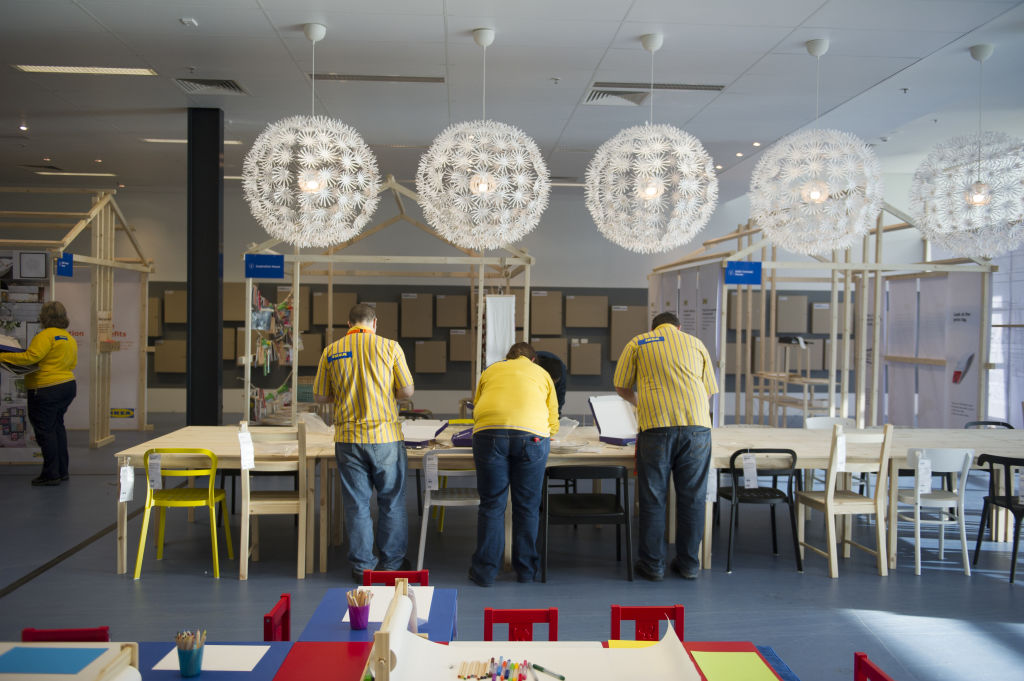
“I think we can expect more of these global retailers starting to expand their homewares offering,” he says, adding that in many of their traditional markets, H&M dedicates about 10 per cent of its floor space to homewares.
“I think one of the big trends we’re seeing in this space is not just a move to cheaper homewares, with most of our expenditure in Australia in the mid to low market, but this divergence of homewares more into a fashion domain and less related to furniture.”
As a result, he says he expects to see homewares sales growth at fashion houses like H&M and Zara and even Country Road, as well as a continuing trend towards a fast-fashion style of homewares, with even cheaper price tags.
“About 75 per cent of expenditure on homewares in Australia is in that mid to low market,” he says. “The average spend at Ikea, for example is about $120 and at Target it’s about $80,” he explains.
“No matter what the economic pressures, Australians have a love of entertaining and showing off our homes. But with a cycle of low wages growth, soft building and renovating activity, continuing cost of living pressures, such as utilities, then there is going to be increasing pressure on retailers to keep prices low.”
While it may not spell good news for local retailers, who look set to at least take a short-term hit, the only winner, it seems, will be the consumer.
We recommend
We thought you might like
States
Capital Cities
Capital Cities - Rentals
Popular Areas
Allhomes
More







